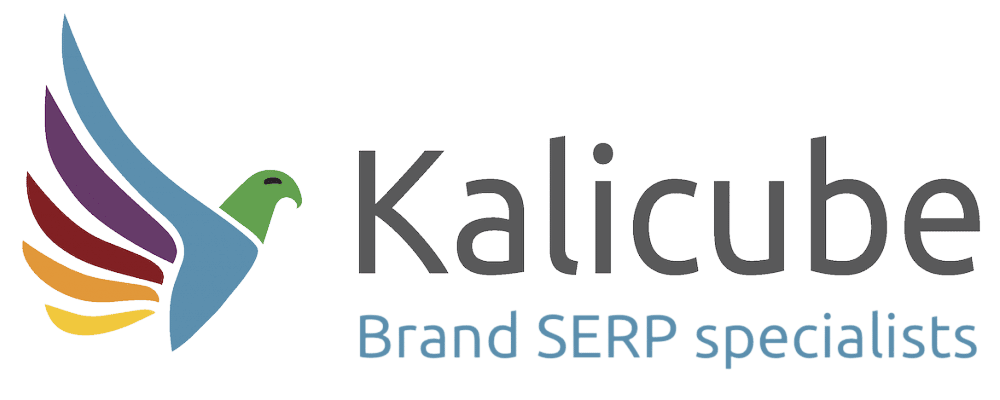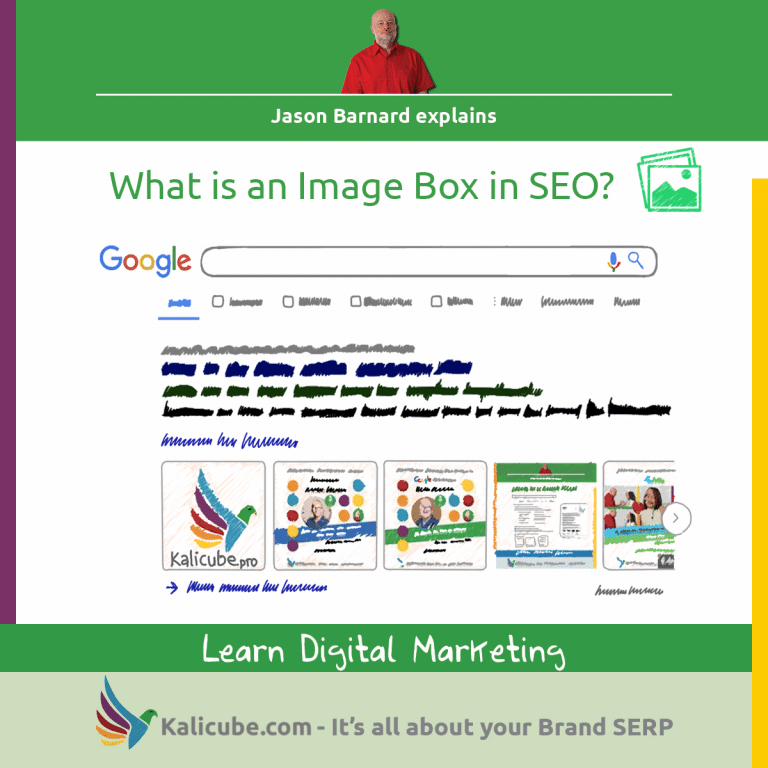Google’s Knowledge Graph: What You Need to Know

In this article you will get a definition of Google’s Knowledge Graph, where the information comes from, and how to leverage it for your SEO performance.
What is a Knowledge Graph and Where Does it Appear in Google Search?
Google’s Knowledge Graph is basically a machine-readable encyclopaedia of facts about the world. Google uses its Knowledge Graph to enhance the results of its Search Engine Results Page (SERP) with information boxes called Knowledge Panels (on the right-hand side when you search on the desktop). It’s similar to Wikipedia, but much larger. While Wikipedia has 50 million articles, Google has about 1,500 billion facts as of 2022.
Here is Google’s official explanation of how the Knowledge Graph works.
Knowledge Graph, it will usually also have a Knowledge Panel when you search the name on Google. The Knowledge Panel on a Google SERP is a representation of the facts in Google’s Knowledge Graph.
If an entity is included in the Knowledge Graph, it will usually also have a Knowledge Panel when you search the name on Google.
What Information Is Included in the Knowledge Graph?
The factual information contained in Google’s Knowledge Graph comes from a variety of sources (see below) that are determined 100% algorithmically. No one inside or outside Google can directly control the information in the Knowledge Graph itself. This means that we (or Google) have only indirect influence on the factual information in the Knowledge Graph.
Importantly, although they cannot change the factual information in the Knowledge Graph, Google employees can change information in Knowledge Panels (read this article to understand the difference between a Knowledge Graph and Knowledge Panel).
Furthermore, we do not know exactly what information is contained in the Knowledge Graph. Google provides an API that allows us to take a look at the Graph (Kalicube Pro has a Knowledge Graph Explorer that allows you to take a look inside), but the information that the API provides is very limited and certainly incomplete.
What we do know is that the Knowledge Graph contains information that Google considers to be fact that it uses in many of the Search algorithms and other products. It contains a machine-readable understanding of –
- Entities, which includes both Things such as people, companies, films, podcasts, music groups etc as well as Topics such as Economics, Marketing, Music, History etc;
- Attributes for those entities such as date of birth, location,
- Relationships between the Things and Topics (aka Entities) such as who worked for which company, who played in which group, which company specialises in which products, who is an expert in which Topic etc
Where does the Information in Google’s Knowledge Graph come from?
Wikipedia is often cited as the source of facts for Google’s Knowledge Graph. However, when one considers that Wikipedia contains 50 million articles whereas the Knowledge Graph contains 150 Billion facts, it is obvious there are many other sources. These include:
- Google’s own sources such as Google Podcasts, Google Books, Google My Business;
- From feedback provided by users through the “feedback” link in Knowledge Panels on Google SERPs
- Data sources such as Wikipedia, Wikidata, Crunchbase, IMDB, MusicBrainz;
- The World Wide Web – any site that Google’s algorithms consider authoritative for the information such as Rotten Tomatoes, LinkedIn, Facebook, Inc.com.
At Kalicube, we track and measure the different sources of knowledge Google uses for its Knowledge Graph.
How Does The Knowledge Graph Fit into Brand SERP Optimisation and Knowledge Panel Management?
Google’s Knowledge Graph is the single most important thing for SEO (Search Engine Optimisation). The Knowledge Graph is Google’s understanding of the world, and that understanding drives the search results it generates from Brand SERPs (what your audience sees when they google your brand name), to informational searches around your brand to generic queries such as “best headphones for noise cancellation”.
If you are in Google’s Knowledge Graph, then you can be sure that Google will present you to your audience in a positive, accurate and convincing manner when they google your name. It will also present a Knowledge Panel containing accurate and helpful facts about you on the right hand side on desktop.
One way to look at this is that, once you are in Google’s Knowledge Graph, your Brand SERP will be positive, accurate and convincing… and you will have the “stamp of approval” from Google. Which is priceless.
More information about Knowledge Panels and Google’s Knowledge Graph:
Here is an article differentiating a Knowledge Graph and Knowledge Panel.
Check out also this article where Jason Barnard (The Brand SERP Guy) explains about the Knowledge Graph and its importance in digital marketing.
Kalicube specialises in Brand SERP optimisation and Knowledge Panel Management (triggering, maintaining and enhancing). Learn more about our done-for-you Knowledge Panel Services (you’ll also find a form so you contact us to discuss how we can help you).






